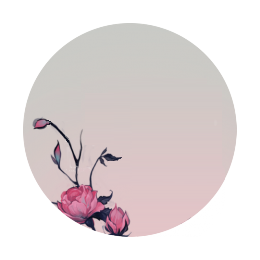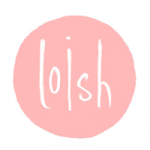Drawing-related injuries refers to RSIs, carpal tunnel, wrist pain, or any other type of injury that results from repetitive use of the arm muscles needed to draw. Unfortunately I’ve experienced some strain from drawing in the past, but managed to overcome it by making changes to my workflow, mindset, and routine. My tip to anyone struggling with this is first of all to do what most artists have a hard time doing: slow down, take breaks, and give yourself time to rest and recover. Take a moment to realize that whatever urgent task you are doing is completely irrelevant compared to the need to maintain long-term use of your arm. Prioritize your health above all else! Here are some things that I found helpful in dealing with my injury:
- Mindset: The main thing that’s helped me is to become aware of thought patterns that intensify stress and lead to bad posture and squeezing of the pen. Through mindfulness techniques and forcing breaks, I’ve learned to realize when this is happening and force myself to relax and step away from what I’m doing.
- Sleeping position: If your arm is hurting, don’t sleep on it at night. This can obstruct bloodflow to the injured area while it heals at night. Sleep on your back or on the other side. Also, make sure you don’t bend your wrist into a sharp angle while you sleep.
- Frequent breaks: I use workrave, which forces me to take frequent micro-breaks and also longer breaks throughout the day.
- Stretches: be sure to stretch your arm, shoulders and neck throughout your workday. This not only helps soothe the muscles, but soothes the mind as well!
- Workspace: try to configure your workspace in such a way that it reduces as much strain as possible. Things like a good chair and desk, the height of your screen, and the angle of the screen have a huge impact on how much strain you’re putting on yourself while working.
- Routine & structure: Keep a steady daily routine where you plan your drawing hours ahead of time. This will prevent you from getting stuck in an activity that causes strain. If you can, try to include workouts or yoga in the routine, as well as rest and calm activities. Implementing a healthier routine in my life has been the main solution to being more productive!
And most importantly: speak to a doctor or physical therapist if you’re feeling pain, rather than ‘power through’ it. An expert can identify the problem and give specific solutions that will help you!




